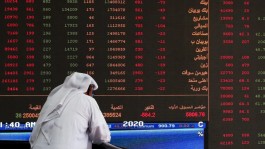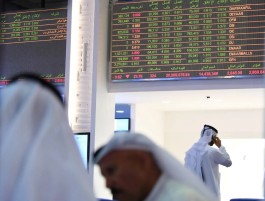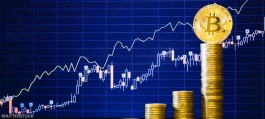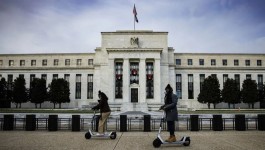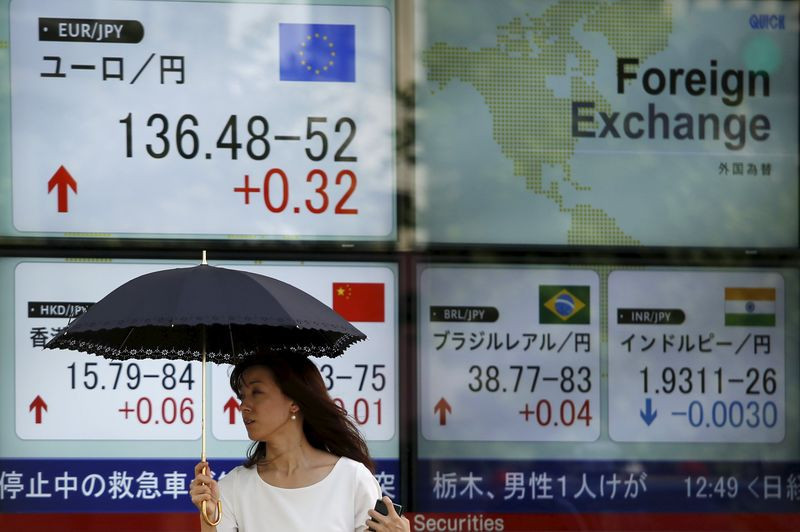The Japanese yen fell in the Asian market on Monday against a basket of global currencies, deepening its losses for the second day in a row against the US dollar, recording the lowest level in a year, due to the rise in yields on US Treasury bonds, and after a summary of the views of the last meeting of the Central Bank of Japan.
The yen is about to trade below the pivotal barrier of 150 yen per dollar, which puts traders on high alert in anticipation of any signs of intervention by the Japanese authorities to protect the currency from excessive weakness.
Japanese yen exchange rate today
The dollar rose against the yen by more than 0.3% to (149.80 yen), the highest since October 2022, from the opening and closing price on Friday at (149.32 yen), and recorded the lowest level during today’s trading at (149.39 yen).
On Friday, the yen lost less than 0.1% against the dollar, resuming its losses that stopped the previous day in a breathtaking manner.
Over the course of last September, the yen fell by 2.6% against the dollar, in the second consecutive monthly loss, to lose 3.5% against the dollar over the course of the third quarter of this year, in the third consecutive quarterly loss, due to the significant rise in US revenues and escalating fears. Interest rate differences between Japan and the United States.
Yield on US bonds
The yield on ten-year US bonds rose on Monday by more than 1.0%, resuming its gains after two days of corrective decline, approaching once again the highest level in 16 years at 4.688%, which enhances investment opportunities in the US dollar.
This development in the US bond market comes after the US Congress late on Saturday approved a temporary financing bill with overwhelming support from Democrats in an attempt to avoid the fourth partial shutdown of the federal government in a decade.
This is in addition to a series of strong economic data in the United States and aggressive comments from Federal Reserve officials, which enhance the possibilities of raising US interest rates by about 25 basis points before the end of this year.
Summary of the Bank of Japan's views
A summary of the opinions of members of the Central Bank of Japan during the monetary policy meeting held on September 22 was released a short while ago in Tokyo.
The summary showed that Japanese monetary policymakers discussed various factors to take into account when exiting ultra-loose stimulus and negative interest rates.
Kiwi Bank Chief Economist Garu Kerr said: Bank of Japan members are concerned about tightening monetary policy too early and crushing rising inflation and growth, but they deserve to be cautious.
Barrier 150 yen
The barrier of 150 yen per dollar is the level that some market observers see as a pivotal line that would stimulate the intervention of the Japanese authorities in the exchange market similar to what happened last year.
The Japanese government intervened in the currency markets in October 2022 when the dollar rose beyond 150 yen, which prompted the Ministry of Finance to buy the yen and pushed the pair to approximately 127 yen last January, which meant a rise of more than 16% in the value of the yen. against the dollar, before it declined again this year by more than 14%.
Olivier Dassier, head of applied research at Axioma, said: The fear of the Japanese central bank’s intervention above the 146 yen level came and went, and the currency is now above 149 against the dollar, and the bank is still absent from the currency market.
Japanese Finance Minister Shunichi Suzuki said last week that he was closely monitoring the movements of the currency exchange market with a great sense of emergency. Suzuki added that he would not rule out taking any measures to address the chaotic movements of the exchange market.
Head of currency strategy for the Asia region at RBC Capital Markets, Alvin Tan, said: The main upward pressure on the USD/JPY pair comes from bond yields, which is simply the biggest thing we are ignoring.
Tan added: Even if there is intervention from the Japanese authorities, it will not lead to a permanent decline in the dollar/yen pair unless bond yields start to decline seriously as well.










